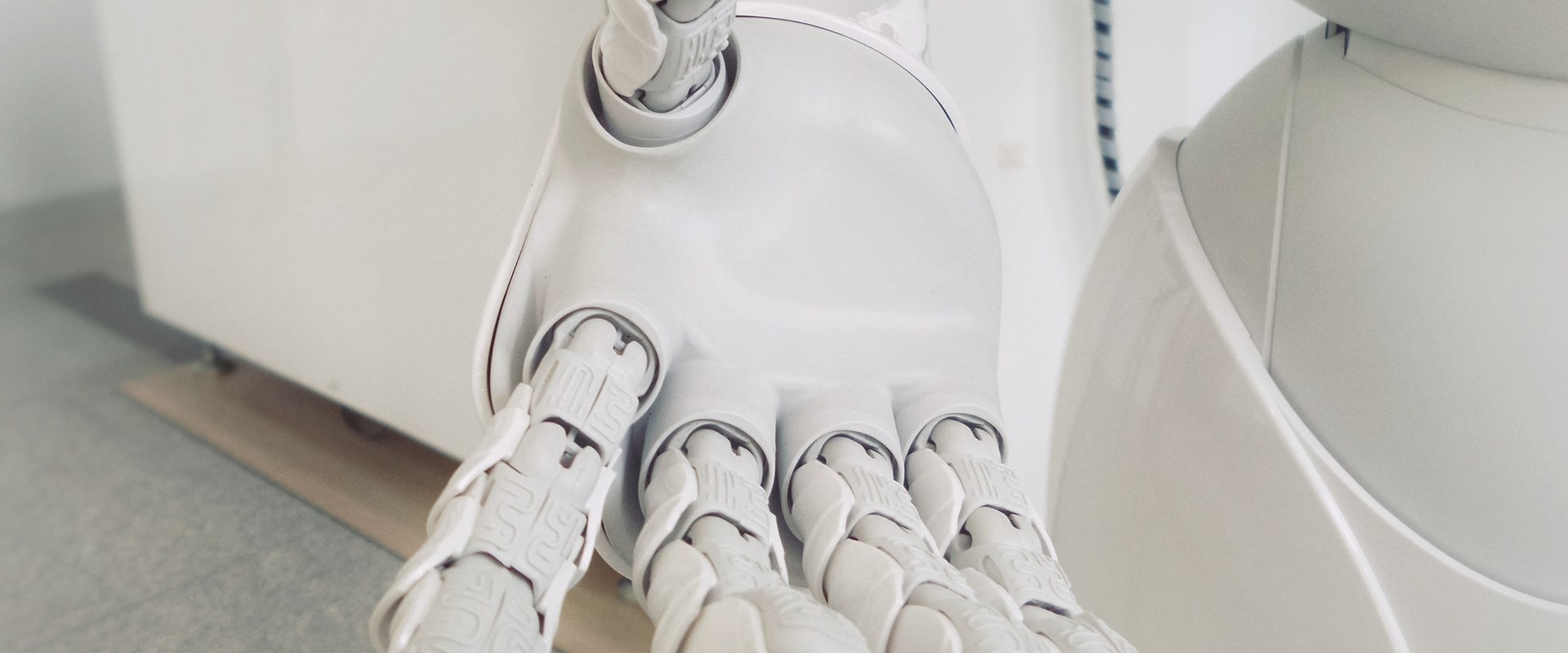Last week, Nick McDonald, Peter Finnie and Mark Nichols hosted a webinar on 10 Tips for Implementing AI and IP in to Your Business. They discussed key considerations for businesses around the development and protection of AI solutions, obtaining and using input data and protecting AI outputs.
Here are the 10 top tips to take away from the discussion:
DEVELOPMENT AND PROTECTION OF AIS
- Consider your strategy for protecting your AI platform at an early stage and, in particular, whether it is patentable and if so whether disclosing sufficient technical information (for example, training data and machine learning algorithms) to obtain a patent is commercially worthwhile, or whether instead you should take steps to protect the invention as a trade secret.
- Consider whether the regulatory structure of your industry requires you to disclose information about the AI solution, in which case patent protection may be best as your invention would be disclosed anyway.
- Consider the nature of the AI, particularly whether it is static (fixed rules), or whether instead it is dynamic and will continue to adapt as it learns, in which case there may be a higher technical disclosure burden to obtain a patent.
- When engaging third parties to develop your AI, ensure that you obtain appropriate assignments and/or licences of rights, and warranties and indemnities that your use of the AI will not infringe third parties’ rights.
INPUT DATA
- Ensure that you are comfortable that any data you acquire and use complies with data protection regulations - it will usually be the case that data which is entirely anonymised will be safe, but this is a specialist area and should be confirmed with an expert.
- Ensure that, where data mining or scraping, you do not use material which is subject to third party intellectual property rights without an appropriate licence, and that where purchasing data, that you know where the seller has obtained it from and you obtain appropriate warranties and indemnities in respect of infringements.
AI OUTPUT
- For AI assisted innovation, ensure that the AI-derived innovation insights are kept confidential until patentability is considered (and where appropriate, a patent application has been filed).
- Consider also whether the invention may be protected by other rights, particularly copyright, and if so whether the party who arranged for the creation of the work is the party who you want to own it - if not, you should obtain an assignment from that party.
- Where your AI platform creates or collects data during ongoing use, and where that data may itself be analysed to develop an invention, ensure that any party providing that data has licensed its use, and that this licence includes a provision entitling you to the invention derived from the data.
- File patent applications with humans named as the inventor rather than the AI entity (following Stephen Thaler v Comptroller-General of Patents 2020 (Ch)). When assessing the claimed invention in a patent application, the UK and European Patent Office does not take into consideration how the invention was derived, unless, for example, any supporting data in the examples is clearly in silico data rather than experimental data.
You are welcome to carry on the AI/IP conversation by contacting Nick McDonald at nick.mcdonald@potterclarkson.com, Peter Finnie at peter.finnie@potterclarkson.com and Mark Nichols at mark.nichols@potterclarkson.com.






